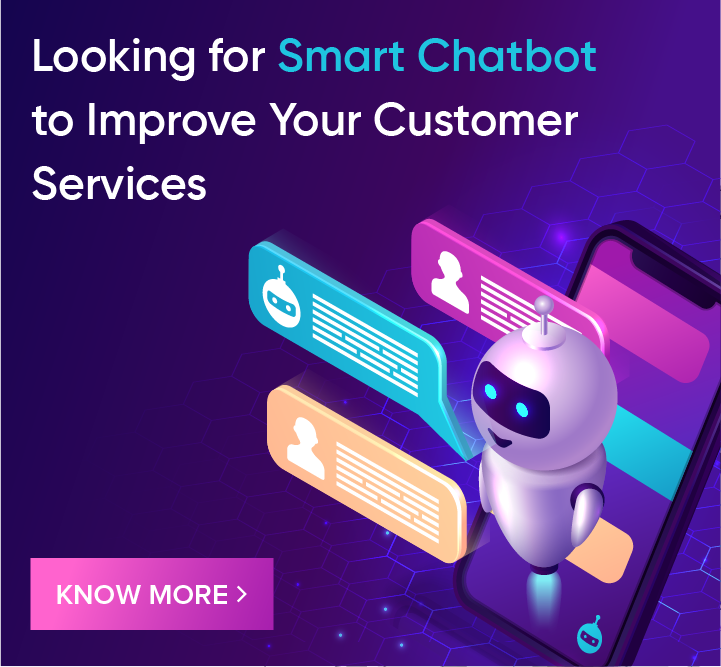Understanding AI Agents: Redefining Business Intelligence & Automation
.png) The Evolution of GenAI: From Monolithic Models to AI Agents
The Evolution of GenAI: From Monolithic Models to AI Agents
One of the biggest trends shaping the GenAI transformation is the shift from monolithic AI models to compound AI systems and, ultimately, AI agents. These advancements are redefining how businesses leverage AI for decision-making and automation.
While compound AI systems are effective, their control logic is predefined by human programmers. In contrast, AI agents introduce a new approach: adaptive problem-solving that leverages large language models (LLMs) to dynamically manage system logic.Overcoming the limitations of compound AI systems, AI agents can:
- Reason Through Complex Problems: They break down tasks, identify required information, and plan execution steps.
- Act Using External Tools: Agents can access search engines, calculators, APIs, and even other AI models to retrieve and process data.
- Store and Use Memory: They maintain records of past interactions, allowing for personalized experiences and enhanced contextual understanding.
.png)
The ReACT Framework: Combining Reasoning and Action
One of the most effective ways to configure AI agents is the ReACT (Reasoning + Acting) framework. This approach encourages models to:
- Think through a problem before responding.
- Execute actions by calling external tools.
- Evaluate and iterate on solutions if needed.
For example, imagine an AI agent helping plan a vacation to Florida:
- It retrieves vacation balance data from past queries.
- It fetches weather forecasts to estimate sun exposure.
- It references health guidelines to determine recommended sunscreen usage.
- It calculates the number of two-ounce sunscreen bottles needed.
By reasoning through multiple factors and utilizing external tools, the agent provides a highly accurate and tailored response.
The Core Architecture of AI Agents
AI agents follow a structured architecture consisting of several key components:
- Perception Module: Processes incoming data from text, images, audio, or structured data.
- Reasoning Engine: Utilizes LLMs to analyze inputs, determine objectives, and generate responses.
- Memory & Context Management: Stores previous interactions, allowing agents to maintain continuity and provide personalized recommendations.
- Toolset & APIs: AI agents interact with external systems through APIs, databases, and web-based tools for real-time data access.
- Execution & Monitoring: Ensures actions are executed correctly, logs decisions, and refines strategies based on user feedback.
.png)
The Spectrum of Autonomy in AI Agents
As AI agents evolve, they operate along a spectrum of autonomy:
- Assisted AI Agents: Support human decision-making by providing insights and recommendations.
- Semi-Autonomous Agents: Can independently perform predefined tasks while requiring occasional human oversight.
- Fully Autonomous Agents: Self-sufficient AI that dynamically adapts to new situations with minimal human intervention.
Multi-Agent Collaboration: AI Agents Working Together
AI agents are not limited to single-entity operations. In complex environments, multiple agents collaborate to solve problems more efficiently. For example:
- Healthcare: AI diagnostic agents interact with medical imaging and patient history agents to provide a comprehensive diagnosis.
- Finance: Risk assessment agents work with fraud detection agents to enhance security in financial transactions.
- Software Development: AI debugging agents analyze logs, suggest fixes, and interact with CI/CD pipelines to streamline software deployment.
The Future: AI Agents in Industry Applications
- Finance & Banking – AI agents are revolutionizing financial services by automating underwriting processes for loan approvals, detecting fraudulent transactions in real-time, and analyzing market trends for better portfolio management. For example, JPMorgan Chase uses AI-driven fraud detection and predictive analytics to safeguard financial transactions.
- Healthcare & Life Sciences – In medicine, AI agents assist radiologists in diagnosing diseases through medical imaging, provide personalized treatment plans based on patient history, and accelerate drug discovery with automated clinical trial simulations. IBM Watson Health utilizes AI to analyze medical data and enhance patient care recommendations.
- Enterprise Automation – Businesses are deploying AI-powered virtual assistants to handle customer inquiries, streamline legal contract analysis, and automate workflow processes. Salesforce Einstein AI helps enterprises improve customer engagement by delivering intelligent insights and automating routine tasks.
- Software Engineering & DevOps – AI agents play a crucial role in software development, from AI-driven code reviews and bug detection to optimizing CI/CD pipelines and enhancing software testing. GitHub Copilot enables developers to write code more efficiently by providing intelligent code suggestions.
- Cybersecurity & Risk Management – AI agents continuously monitor network vulnerabilities, automate incident responses, and analyze behavioral patterns to detect insider threats. Darktrace, a cybersecurity company, employs AI to identify and mitigate potential cyber threats before they escalate.
.png)
Final Thoughts
Compound AI systems have transformed how AI interacts with external data, but AI agents take it a step further by introducing reasoning and adaptability. As we move through 2025, expect to see increased adoption of AI agents across industries, enhancing automation, decision-making, and problem-solving capabilities.
The future belongs to AI agents that can reason, act, and learn—not just generate responses but solve problems in real time. Organizations that leverage AI agents effectively will gain a strategic advantage in automation, efficiency, and decision intelligence.
Stay tuned as we continue exploring the potential of AI agents in the evolving tech landscape!
🗞 Squareboat weekly
Subscribe to our weekly posts and newsletters. No spam.
Contact Us
Thank you! We will get in touch soon.
